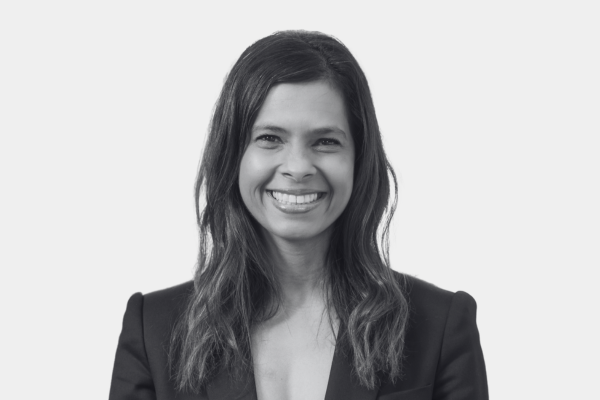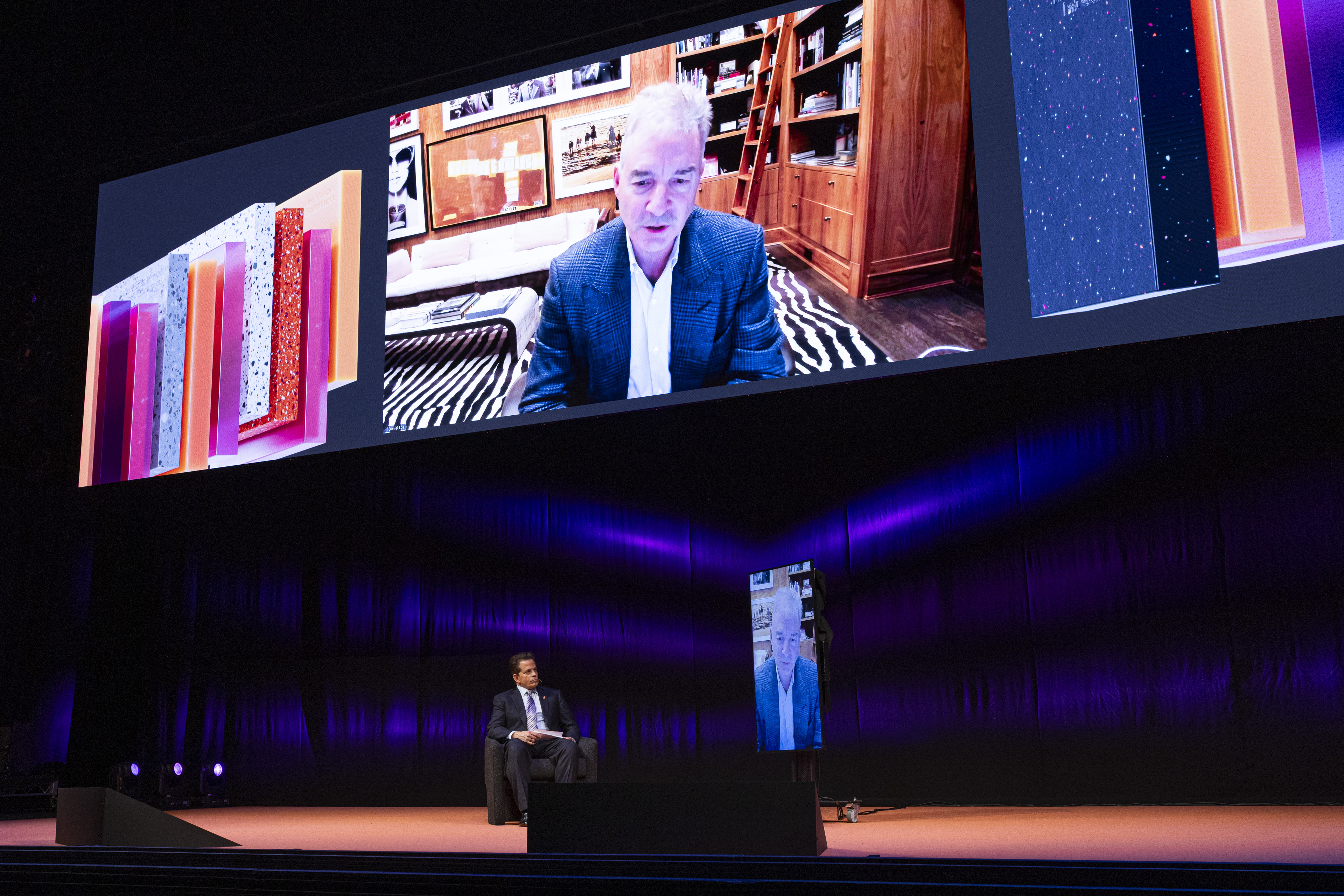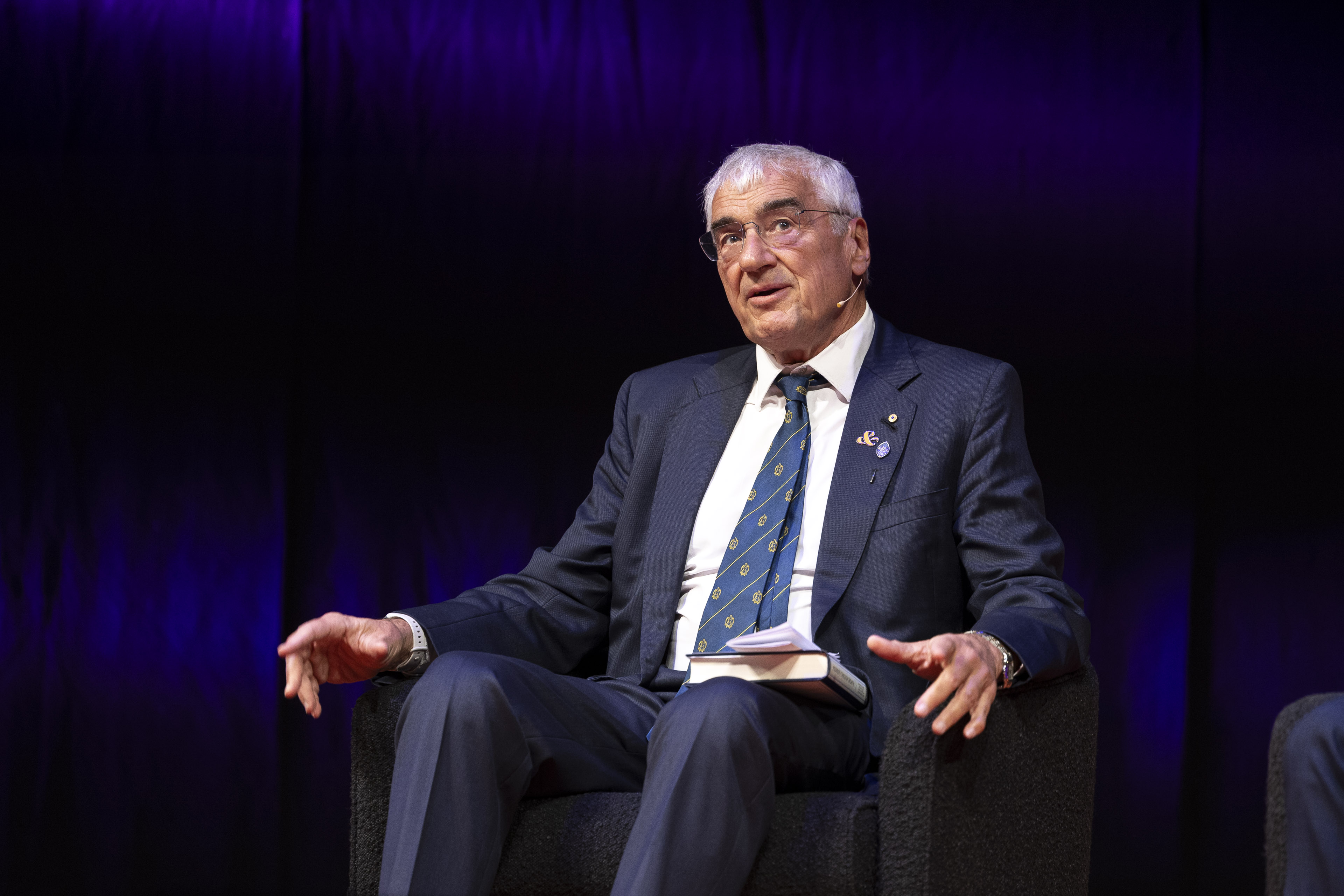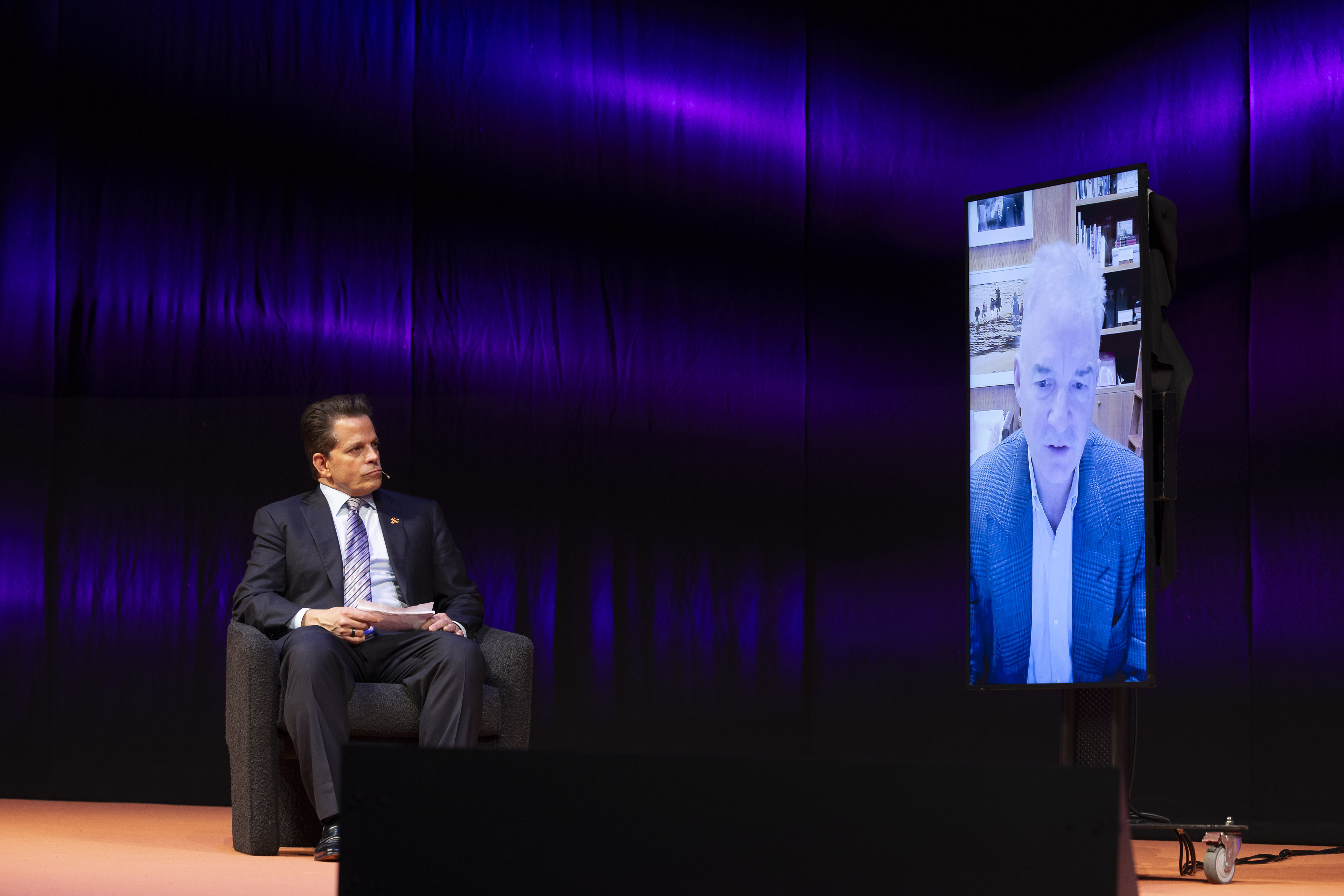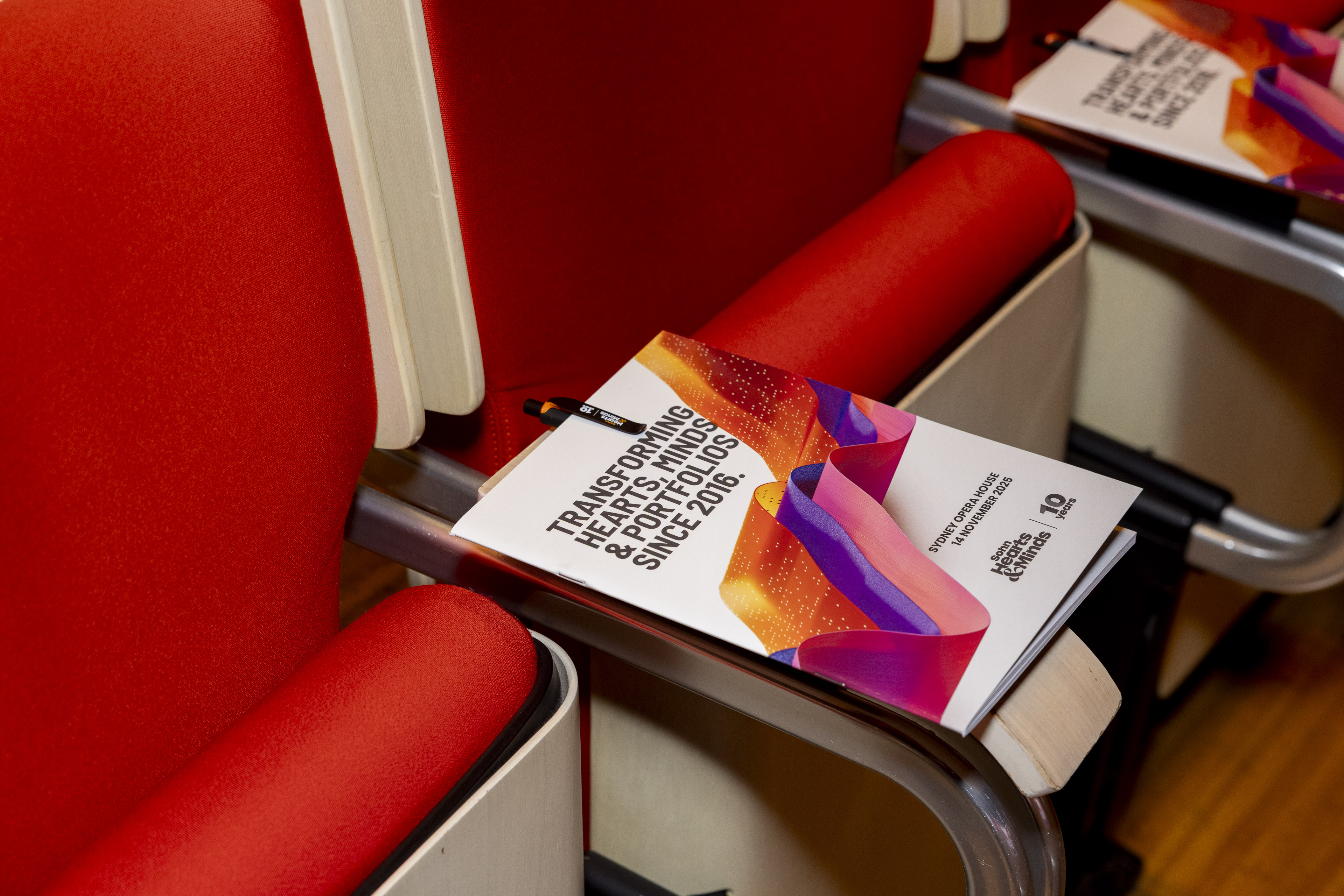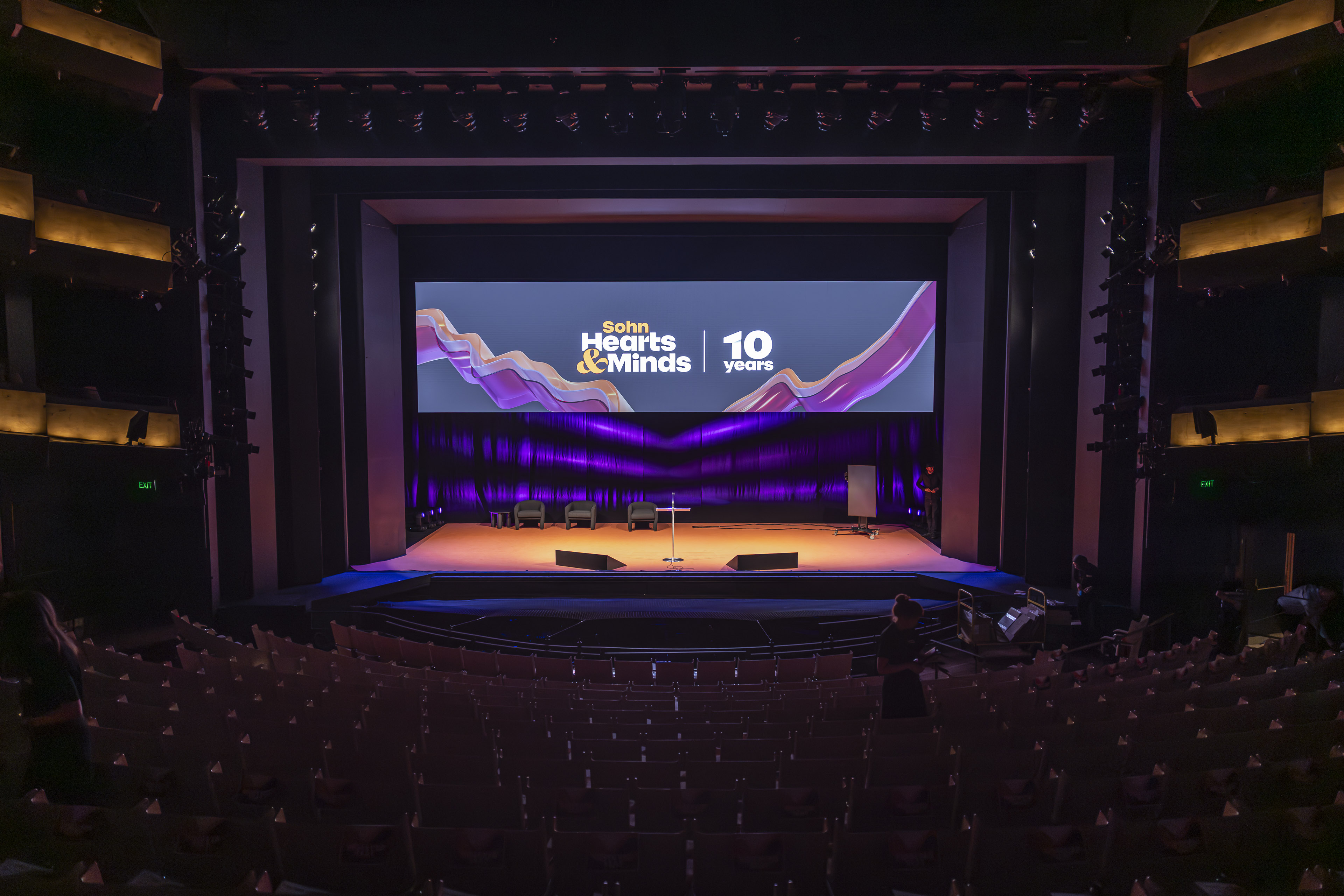
Azora Capital’s Ravi Chopra says there were early signs of the drama about to unfold in the banking sector. Picture: Jaclyn Licht
Last year, Ravi Chopra was travelling through Europe to shop his latest short idea to potential investors.
His New York hedge fund, Azora Capital, was betting against a handful of US banks and the chief investment officer had a stack of slides with him to make his case.
One slide in the presentation read: “No way out.”
“A lot of investors would look at me, quizzically, and say: ‘How could these highly regulated, sophisticated financial institutions make such an obvious mistake?’” Chopra said.
The mistake the banks had made, which Chopra and his team had uncovered, was three years, trillions of stimulus dollars and 500 basis points of US interest rate rises in the making.
Those factors materialised after the pandemic, as the US Federal Reserve cut and then raised interest rates at historic speeds while the government rolled out a record $US5 trillion ($7.9 trillion) of stimulus measures to manage the economy through the crisis.
All this amounted to what Chopra called “the ingredients for a banking crisis”, a recipe he had become familiar with during his 20-year career specialising in financial institutions.
Chopra started as a researcher in the financial services arm of Goldman Sachs in 2001 and quickly fell in love with the sector.
“Financials are really all in the weeds,” he told The Australian Financial Review in an interview from New York. “It’s all about numbers, it’s about modelling. It’s not just about looking at an earnings reports, but also looking at any regulatory data that we can get our hands on. I was hooked.”
Eventually making the shift to the buy side, Chopra joined hedge fund Sigma Capital in 2007 just in time to witness a series of bad loans in the US real estate market trigger the worst global banking crisis since the Great Depression.
“That’s really where I honed my skills in investing in this unique space,” he said.
“We were basically picking through companies that had taken the pain upfront and could withstand it and looking for those that, when we ran it out over two years, were clearly capital deficient and would either have to raise capital at distressed levels or simply wouldn’t make it.”
After riding the global financial crisis with Sigma, Chopra moved on to help launch a new venture, Samlyn Capital, as a partner and the firm’s head of US financial services.
When history rhymes
A few years later, Chopra began to consider starting a standalone financial services hedge fund.
“I looked around and there were so many sector funds, but there really weren’t many with real dedication to financial services,” he said.
“Even generalist long-short funds tended to shy away from financials. They’re hard, complicated and regulated. They’re also cyclical, opaque and highly levered. All those things are absolutely true, but that’s what we love about the space.”
Azora Capital launched in the back half of the 2010s, and as markets ticked over into the new decade, Chopra started to see echoes of 2008 emerge when the Fed started lifting rates last year.
“History was absolutely rhyming. Things were looking pretty similar, but the drivers were different,” he added.
“Back in the GFC it was all about credit and capital, and so for the last 15 years, bank management teams, regulators and rating agencies have been doing stress testing around those issues.”
But while the industry was focused on credit threats, Chopra believed not enough attention was being paid to the other key factor driving financial institutions – interest rates.
“Over the last 15 years, many of those financial institutions were quietly trading out credit risk for interest rate risk. Credit risk was the problem of yesteryear.”
And by late 2022, those interest rate risks were ballooning fast. Much of that $US5 trillion of stimulus that had taken place during the pandemic had found its way onto bank balance sheets.
“Typically, industry-wide bank deposits grow about 6 per cent per year. It’s usually very steady but in those two years, bank deposits grew by 35 per cent.”
Looking around, Chopra saw that some banks, much like the American citizens stuck at home during the pandemic, had gone on a stimulus-led shopping spree.
“But they weren’t buying Peloton bikes, they bought things like Treasury securities at the lowest yields in the history of the United States. And so they had to go out to 10- or 15-year maturity schedules to get any kind of yield,” the CIO said.
“Banks that touched growth industries like technology, biotech and crypto doubled, tripled, or even grew eight times in size in two years. That was wholly unnatural in financial services.”
So, why did the banks take on the risk? According to Chopra, bank treasurers simply weren’t expecting what happened next.
“Ever since the GFC, regulators mandate that most of the systematically important banks undergo stress testing. In their worst-case test assumptions, the stockmarket goes down 50 per cent, real estate prices drop 40 per cent and unemployment goes to 10 per cent.
“But in their interest rate assumptions, the cash rate goes from 70 basis points to just 1.5 per cent. That was their worst-case scenario – 80 bps.”
So when the US Fed began ratcheting up rates by hundreds of basis points in 2022 and 2023, the bond portfolios of some banks were suddenly losing value fast.
No way out
Rising rates had pushed the market value of the banks’ long-duration bond portfolios negativejust as deposits had started fleeing bank accounts to other alternatives. That meant those banks that hadn’t insured their deposit base were suddenly facing a liquidity crunch.
“Credit losses maim, but its really liquidity that kills financial institutions,” Chopra said. “Much like the global financial crisis, many of the banks were undercapitalised and based on today’s standards, a number of them were actually mathematically insolvent.”
Chopra and his team began screening US banks for high levels of unrealised bond losses and low levels of deposit insurance, and four names rose to the top – Silvergate, Silicon Valley Bank, Signature Bank, and First Republic.
“All four of those banks had 70 to 90 per cent of their deposit bases uninsured, which is measurably higher than the rest of the industry,” he said.
By March 2023, cracks were emerging and crypto bank Silvergate fell, following the failure of major depositor FTX, the now defunct crypto exchange founded by Sam Bankman-Fried.
The Silvergate collapse sparked widespread liquidity concerns, particularly in start-up and cryptocurrency exposed financial institutions.
Silicon Valley Bank was the next to fall after announcing plans to sell one of its smaller $US20 billion portfolios of US Treasuries at a $US2 billion loss.
“Depositors started getting really nervous and that led to a quiet but deadly electronic run on the bank that happened during the course of an afternoon, as the stock price continued to fall,” Chopra said.
“And then ultimately, over the course of the weekend depositors became more concerned about deposits and other financial institutions and similar situations happened with Signature Bank on that Friday, and then ultimately with First Republic.”
Just like Chopra’s slide had warned a year earlier, the banks had no way out.
While SVB marked the largest US bank collapse in more than a decade, it also resulted in Azora Capital’s best monthly return since its inception.
“In 2008 and 2009, 165 banks failed, comprising half a trillion dollars of assets. In the spring of this year, four banks failed, comprising half a trillion dollars of assets,” Chopra said.
Six months on and the industry is still feeling the shock.
“We did a survey of the top 50 financial institutions in the spring, and over 70 per cent of them said that they were tightening underwriting standards. That’s something I haven’t actually seen in my career, certainly not since the GFC,” Chopra added.
Meanwhile, the hedge fund is back to work, combing through regulatory filing and financial models, looking for the next opportunity.
“It’s often in row 500 of the Excel model on Tuesday night at 10pm that the proverbial light bulb goes off over our heads. That’s where the epiphanies are, that’s our secret sauce.”
Ravi Chopra is speaking at Sohn Hearts & Minds at the Sydney Opera House on November 17. All profits will support Australian medical research organisations. The Australian Financial Review is a media partner for sohnheartsandminds.com.au.
This article was originally posted by The Australian Financial Review here.
Licensed by Copyright Agency. You must not copy this work without permission.


